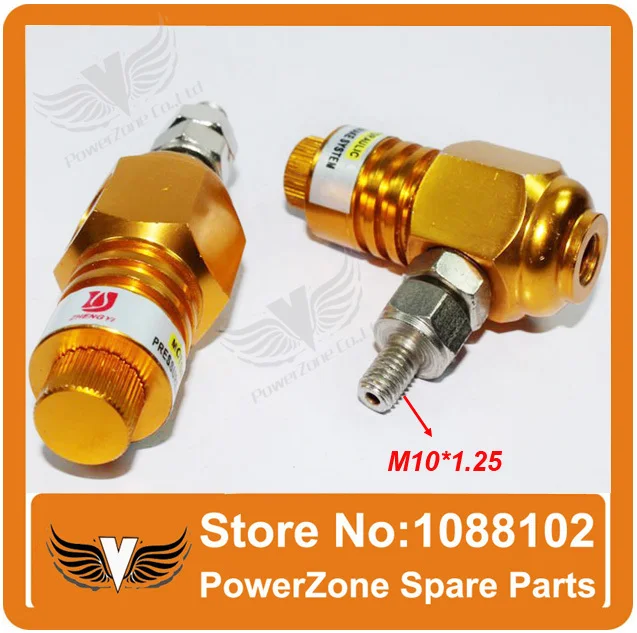
The proper way to use anti-lock brakes is to never pump the brake pedal during an abrupt stop. Generally, one-channel systems are common on trucks with rear anti-lock brakes. The one-channel system is rear anti-lock brake only with a single ABS sensor in the rear axle housing. The rear ABS sensor is located in the axle housing and affects both rear brakes. A three-channel system has two ABS sensors in front and one in the rear.

The best option is the four-channel system because it can micromanage brake action in a skid by pulsing only the affected wheel or wheels. There are three basic types of anti-lock braking systems: four-channel/four-sensor, three-channel/three-sensor and one-channel/one-sensor. This function produces intermittent braking and some level of steering control. When the ABS pulses, it pumps hydraulic pressure to the brakes in rapid-fire succession, sometimes as rapidly as 15 times a second depending on the system. It is when the reluctor speed across the sensor changes dramatically (wheels slow down or stop) that the ABS will pulse brake application.

As the reluctor’s teeth pass the sensor, the normal pulsing rhythm of wheel motion indicates normal operation. There can also be electrical relays that fire when the system is called to duty.Īnti-lock brake sensors are typically magnetically triggered. The ABS electronic module or controller can be integral with the hydromechanical braking controller or it can be separate. Contemporary anti-lock braking systems are computer- controlled, electrohydromechanical brake hydraulic systems. They were mechanically controlled to modulate brake application. Under normal conditions, this system applies master cylinder hydraulic pressure to all four brakes, and pulsing pressure to each brake when a skid is detected.Įarly anti-lock braking systems were non-electrical, hydromechanical models. Then, anti-lock braking pulses the brakes, which results in an improved measure of control out of the skid.Ī typical ABS consists of four wheel sensors (sometimes two or three), an anti-lock electronic control module and a hydraulic control unit.

In a conventional skid, steering control is lost and the vehicle continues to travel in the direction of the skid. If you encounter a skid while braking, the ABS control module senses a slowdown or pause in wheel rotation, modulating brake application to help you steer out of trouble. Anti-skid or anti-lock braking first became more commonplace on cars and trucks in the 1990s as a positive step toward improved safety and vehicle control during hard braking in slippery conditions.Īlthough ABS seems complicated, it’s actually quite simple in function. Since World War II, aircraft have had anti-skid braking systems, and the earliest anti-lock braking systems on automobiles date back to the 1920s. Guide to understanding, troubleshooting and diagnosing your ABSĪnti-lock braking technology has been around for nearly a century.


 0 kommentar(er)
0 kommentar(er)
